Your Child Will Learn
Words we use to describe different facial expressions and emotions
Here’s What to Do
- Look through a book or magazine with pictures of people’s faces.
- Point to each face and describe the facial expression the person is making.
- Match your face to the picture, and talk about what you’re doing with your own face. Older siblings can do this too!
- Describe your baby’s facial expression and emotions during this activity, and throughout the day!
Put PEER Into Action
PAUSE
- Put your baby in your lap, make eye contact, and smile.
ENGAGE
- “This woman is smiling and laughing. She is happy. I have a big smile on my face. I am happy too!”
- “What face is this boy making? His lips are turned down. He must be mad or sad.”
ENCOURAGE
- Describe faces your baby is making: “I see you sticking your tongue out. You are silly! I think you like to play with me!”
- Respond to your baby’s pointing or looking: “Yes, that boy in the picture has his eyes closed. I think he is tired and he is taking a nap.”
REFLECT
- Talk about all the different feelings you explored together.
Not Quite Ready
If your baby doesn’t have the attention span to look through a whole book, try doing just one picture at a time.
Ready for More
Encourage your baby to copy the faces you make. Have your baby look in a mirror and describe the faces they’re making.
As Your Child Masters This Skill
They will understand how facial features show emotions and words we use to describe different emotions
Time to Complete
15 minutes
Materials Needed
A book or magazine with pictures of people
